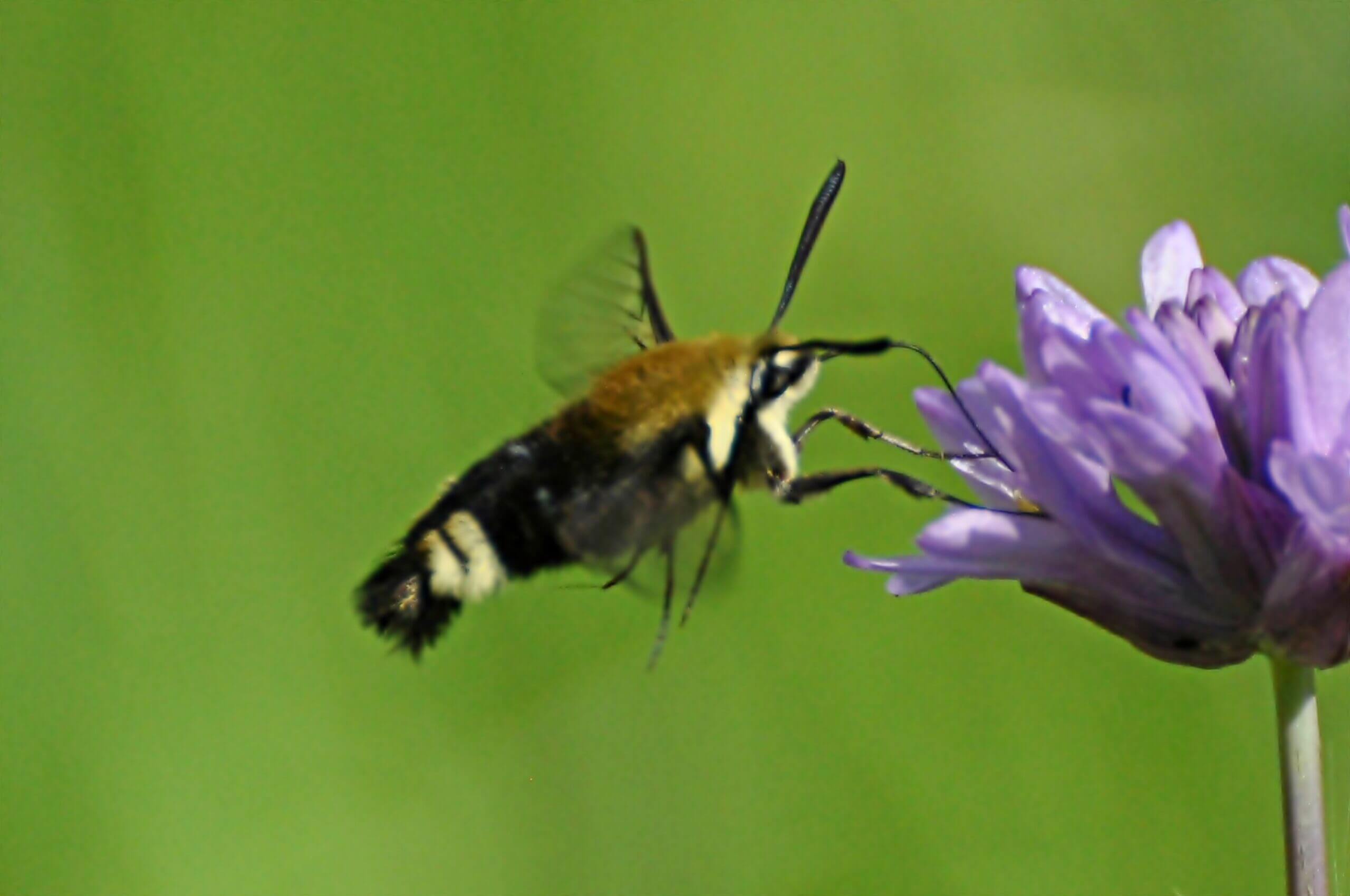I’m experiencing a love-hate relationship with the rains as they continue, with so few dry days in between for the outdoor activities that are such a big part of my life. I’ve measured more than 30 inches here on our Novato hillside since January first!
The scarcity of truly dry days in between poses all sorts of frustrations for the dedicated gardener; it’s great to have the rains, and this is the time of year to plant, but it’s not good to work the soil when it’s totally soggy.
Propagating from Seeds
As a plant propagator, I’m also tied into a certain timeline in dealing with seedlings. There is the optimal moment for transplanting; too soon and the roots to shoots aren’t well balanced, but if you wait too long, the roots get congested and the shoots start to suffer.
Since I can’t count on getting work done outside in my nursery area, I’ve set up another work table on a covered porch. That way, the volunteers and I can get some work done even in the rain! Yesterday we transplanted dozens of Festuca californica seedlings, each one a nicely developed little grass with 3 to 5 blades and strong root systems. They were started from seed on my outdoor seedling bench at the end of August. We put each tiny seedling into its own 2” pot; within a few months each one will need a 4” pot; then up to a gallon sized pot by late summer. By the fall the Fescues will be good-sized bunchgrasses, ready to plant out.
Meanwhile, even on the rainy days, I enjoy wandering through my garden, watching the progression of changes that are all tied into the warming and lengthening of daylight hours. One plant that awakens slowly is Snowberry. I have a lovely drift growing in the understory of Coast Live Oaks that went completely dormant by the end of September. I’ve kept an eye on them since the end of December, watching as the buds are just beginning to swell, and then a few weeks later, looking closely to see the little tip of green leaf just starting to show. In another few weeks, the tiny new leaves break out of the buds and look like scattered points of green light floating around a delicate framework of twiggy growth.
Propagating from Cuttings
If I plan to clone the Snowberry I take tip cuttings when those bud are nicely swollen; they root reliably, forming a healthy root system within about three months. With regular attention a nicely developed shrub can be grown within a year.
Snowberries (Symphoricarpos albus var. laevigatus and S. mollis) are members of the Honeysuckle Family (Caprifoliceae) along with Twinberry, Hairy Honeysuckle and Elderberry. All these plants are present in my garden, and the creeping, groundcover Snowberry (Symphoricarpos mollis) also grows in large drifts in the wild Oak Woodlands east of our property. This no doubt accounts for the presence – and not uncommon sightings – of the Snowberry Clearwing Moth (Hemaris diffinis) coming to nectar on numerous flowers throughout my garden and the meadow next to it. It’s a large and beautiful day-flying moth that mimics a bumblebee. This ‘Sphinx’ moth (family Sphingidae) can be up to two inches long, with a hairy black abdomen that has a broad yellow band towards the end, and mostly clear, see-through wings.
This moth flies really fast, often whizzing by to a very specific destination. The first time I caught a glimpse of it I thought it was a very large queen bumble bee, but also realized it was not behaving like a bumblebee. The adult feeds on nectar and is attracted to pale-colored or white flowers with a strong scent. It is able to hover while it feeds and can also move, much like a hummingbird – forward, backward, and sideways – while hovering.
The larvae feed on the leaves of Snowberry most often, but will also feed on Honeysuckle and occasionally Dogbane (Apocynum). The larvae are pale green and do have a horn, but just one at the rear end, and it often drops off. The larvae of many of the Sphingdae are know as hornworms; the most commonly encountered by gardeners are the Tomato Hornworms.
The moth larvae pupate within a brownish cocoon in the duff; just another great reason to garden organically and sustainably and avoid disturbing the surface of the soil.
When one gardens to enhance habitat there is no way to truly enhance the natural resources available without an eco-system approach to all that one does in the garden. One of the main tenets of this style of working with the land is to build up the soil food web, and not disrupt the soil structure by digging and turning, but always top-dressing with compost and mulches, just like it happens in nature!


